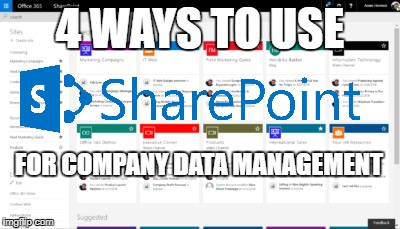If you are just starting to get your feet wet with better data management workflow for your business, here are three key aspects of data that you should consider while creating accurate reports on your KPIs.
We’d like to teach you an oversimplified data workflow that works for data management, no matter what company you are in.
We think there are three pieces to a data workflow:
- Devices
- Systems (like software)
- Humans
This is how we categorize data flow when we onboard a new client. We’re going to use the airline industry to show you the different categories of data management.
Devices – 
We should use devices to collect data. Sometimes people must collect data. But if we can use a tool it will save a lot of time and get rid of a ton of busy work.
Let’s look at the airline and weather example. Instead of making people continuously report the temperature in various cities, devices collect this information. Could you imagine how much tickets would be if people had to report this data?

Systems (Like software) –
Many times devices collect data and then people turn it into information for senior leaders to make decisions. Many employees in corporate America are “Deck Donkeys,” which means the solely create decks to share information. These Power Point decks are typical graphs, reports, etc.
Taking the airline industry example, instead of someone constantly making reports on the weather and showing where there is inclement weather, the airline industry has software that automatically reports on severe weather.
Based on the weather, systems can predict airport congestion, taxi times and even what runways will be available and when. You can read a blog o n how The Weather Company uses systems for prediction.

Humans – Humans ultimately make the decisions.
Let’s look at the airline industry one last time. After looking over the information on freezing temperatures, the information is funneled to the pilots, control towers, and airlines so they can make the best decisions for passengers.
More from The Weather Company:
Airlines cannot change the weather, but they can mitigate the effect if they know the impact in advance. By understanding situations and the potential of their impacts ahead of time, airlines can execute time-sensitive strategies (such as flight cancellation, flight swaps, reserve crew, and etc.) to mitigate such impacts.
Could you imagine what would happen if ALL this work was completed by a human? There would certainly be errors and airline prices would be even higher!
With the right devices collecting the data and the right systems transposing it into information, humans can focus on making strategic decisions that will make their customers happy.
That is how technology should work for us.




